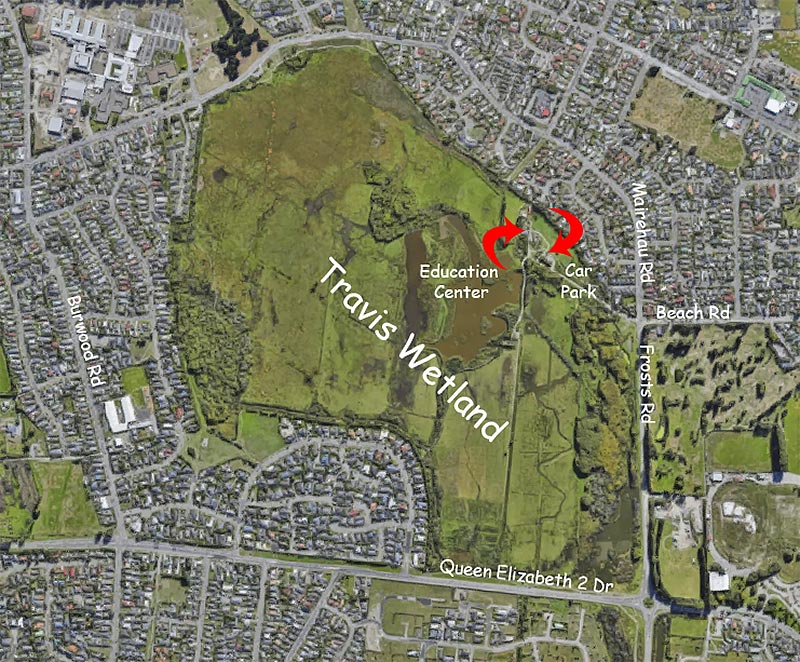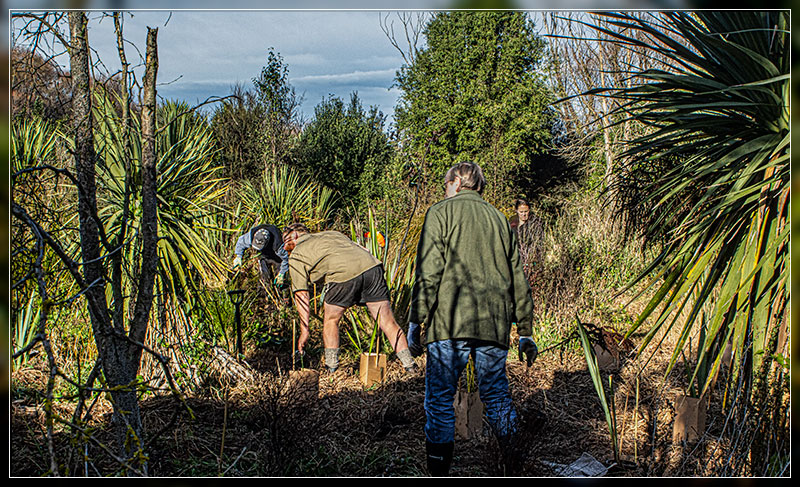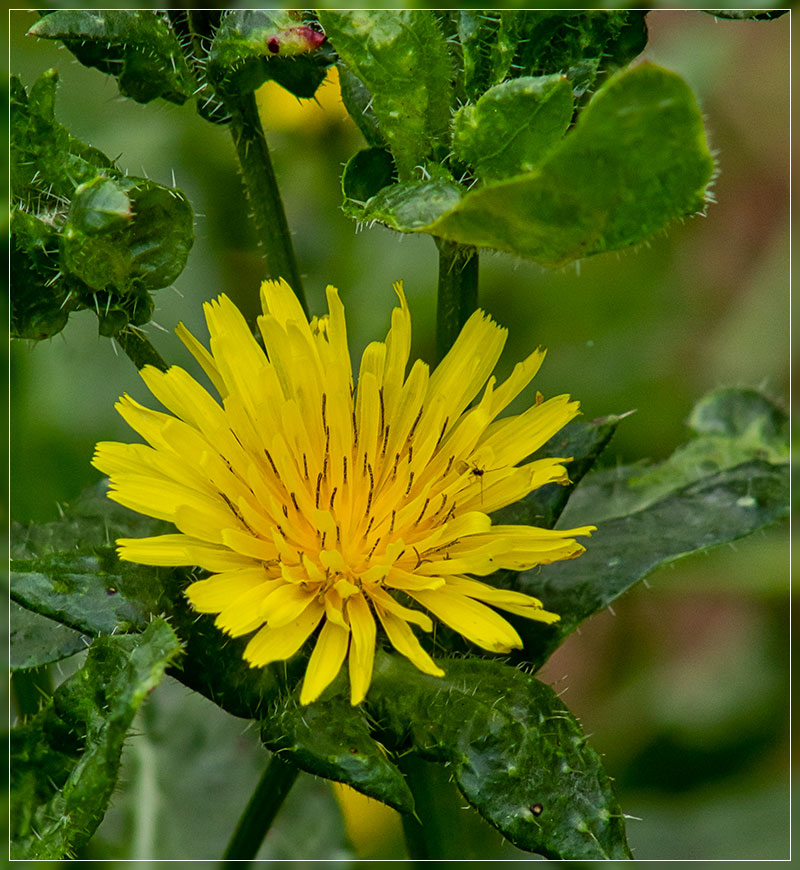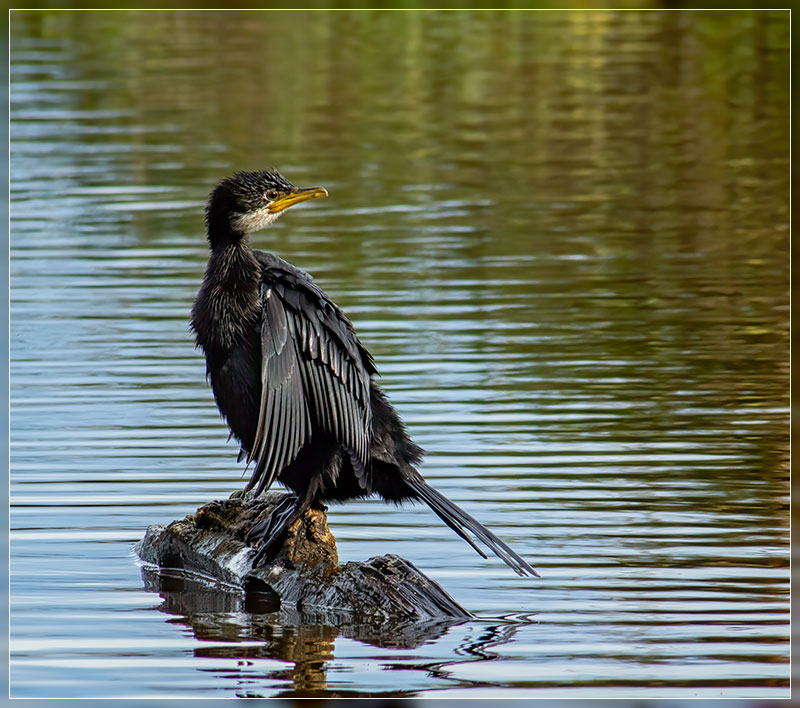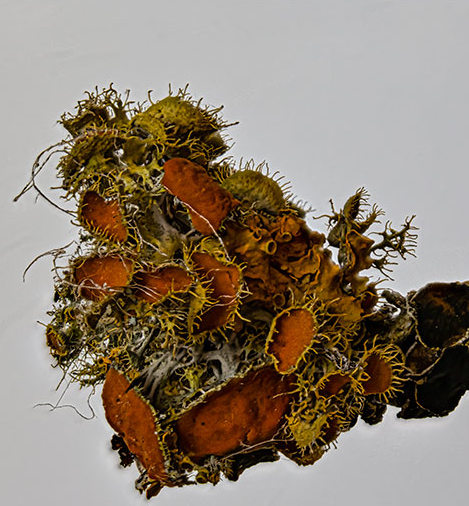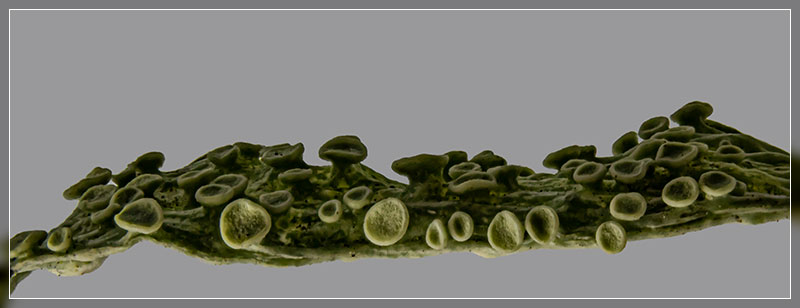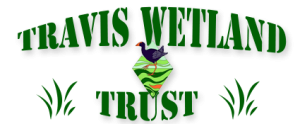 |
June 2019
Workday Reminder, June 15 2019
Travis public planting day, Saturday June 15 2019, 10 am – 12:30.
Meet at the Education Centre (the old farm house) near the Beach Rd car park at 10 am.
We will be doing some infill planting along the northern edge of the wetland beside Mairehau Rd. As usual the planting will be followed by a BBQ at the Education Centre.
When we leave the Education Centre to work somewhere around the wetland a notice board in the porch will indicate where we have gone, if it’s not obvious.
Please wear appropriate clothing and footwear.
All tools provided.
Latest News
Workday Saturday 27 April
With winter fast approaching, and some recent rainfall, conditions were right for some infill planting to the north of the Beach Road entrance. A very chilly morning did not deter 15 hardy folk, and digging holes proved to be a great way to get warm. Ranger Kenny had kindly placed plants out the day before which saved us time – however, some were frozen in their pots!
Some areas at this site have suffered from many plant losses over recent years, most likely due to extremes in soil water levels. This time we planted hardy species which should be able to cope with drought/flood cycles. These were mainly flax, cabbage trees, small and large leaf Coprosmas, which will also be attractive and provide food to birds.
The sun came out during the morning which made conditions more pleasant and soon all 300 plants were in the ground and protected by cardboard guards. A quick dash back to the shade house produced 50 more plants to complete our morning’s work. We were lucky to have a fungi enthusiast with us and some interesting specimens were found on rotting logs.
Back at the Education Centre the day was warm enough to enjoy our excellent barbeque lunch outside . Thanks to all who helped.
Article: Sue Britain, Image: Grahame Bell
K. C. C. Kids Outing at Travis
Kiwi Conservation Club Kids set out on a sunny afternoon along the trail to Mairehau Rd to learn more about the birds at Travis. [Kids were quick to spot several cats along the way.] Goldfinches enjoying the tiny fruit of the Tororaro flew as the group approached. Tucked in a sheltered corner on shrubby bushes of Tororaro, bag moths, katydids and mantis were making the most of the end of warm summer sun. Bag moths fed on the leaves and several mantis cases were spotted on the branches. Some crane flies that had avoided being bird food rested there.
Kids were able to examine the adaptations of bird legs & feet when they unwrapped parcels of preserved sets of legs complete with feet. Hawk legs with feet so different from pukeko and other water birds; a furry rabbit foot to compare!
Tongs, pliers, chop sticks, spoons. They quickly figured out food types for birds from the assemblage of kitchen tools used to demonstrate beak adaptations.
The kids also made ‘birdie pizzas’ from the seeds & fruit at Travis. Species included were: porcupine plant (Melicytus alpinus), karamu (Coprosma robusta), creeping pohuehue (Muehlenbeckia axillaris), lemonwood (Pittosporum eugenioides), shrub daisy (Olearia paniculata), sticky seeds (Pittosporum tenuifolium), toetoe (Austroderia richardii), false fingers (Pseudopanax sp.), pretty red berries (Lophomyrtus obcordata).
Back at the Education Centre playing a predator prey game [especially as some of the parents were the predators] demonstrated difficulties birds face while nesting, feeding and even when resting; the reason for predator control. Examples of the predators were shown; a weasel, ferret & hedgehog. [Thank you Bottle Lake H. Q. for the loan of the specimens.] Fiona raced around pretending to cut trees with a model chainsaw. This reminded all that lots of places like Travis Wetland are needed for the birds and their continued existence.
Children then examined various bird nests, felt how cosy & warm the linings were for the baby birds, some nests with feathers & others with moss and wool. Examining bird feathers including some penguin feathers [after moulting] given by Kristina & Thomas. Deciding what their purpose was proved interesting and informative. Flight feathers so different to downy ones that keep the bird warm. Any other creatures with feathers? Why do birds moult? Are feathers alive or dead?
The programme finished with a walk to the Bird Hide to watch swans ruffling their feathers & calling to one another, shoveler ducks and other water birds flying and feeding.
Thank you Travis Rangers & C. C. C. for the use of the Education Centre.
Article: Eleanor Bissell, Images: Fiona Miller and Eleanor Bissell
Latest Images
Images: Grahame Bell

